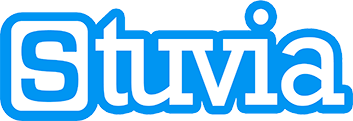Exam (elaborations)
SOLUTIONS MANUAL for Advanced Accounting, 15th Edition by Joe Ben Hoyle, Schaefer and Doupnik | Complete 19 Chapters
SOLUTIONS MANUAL for Advanced Accounting, 15th Edition by Joe Ben Hoyle, Schaefer and Doupnik | Complete 19 Chapters
[Show more]




